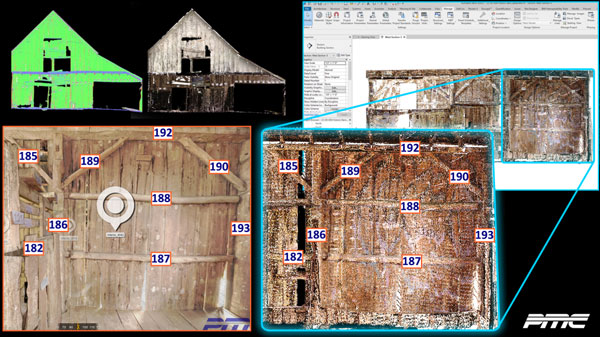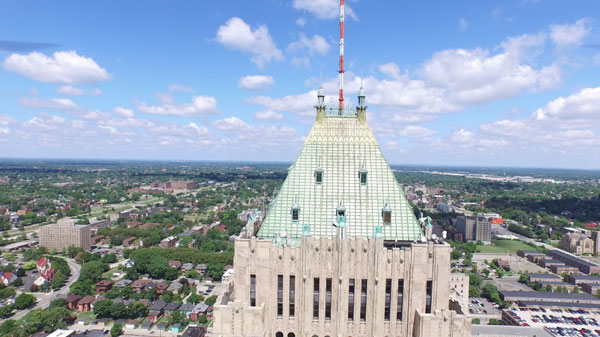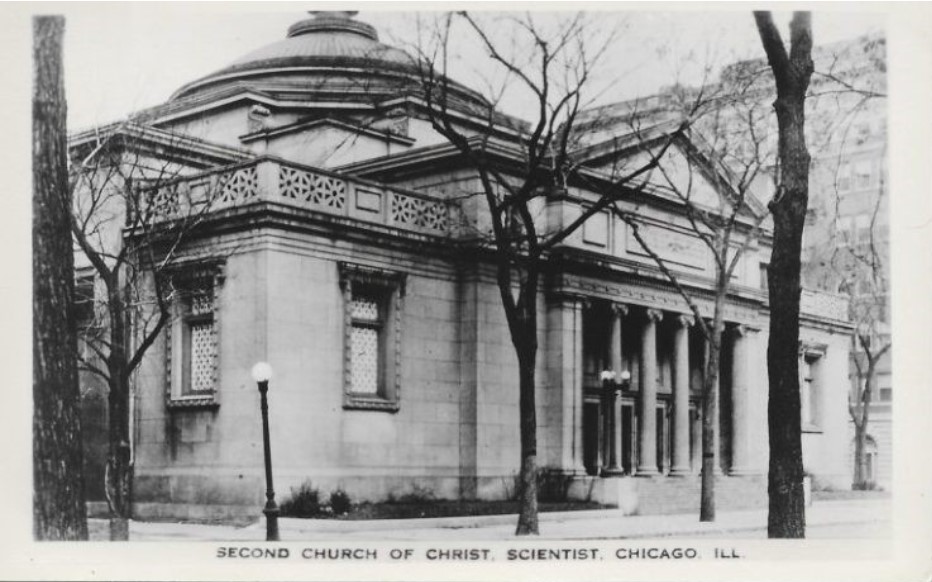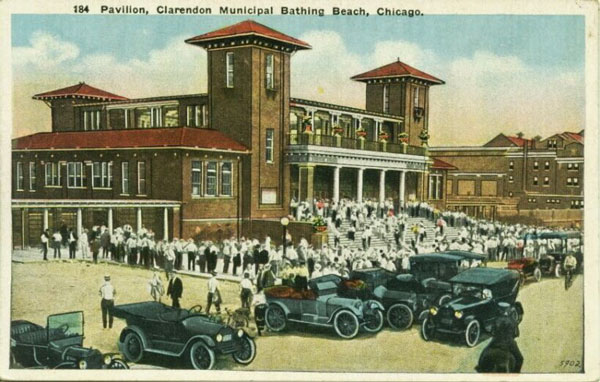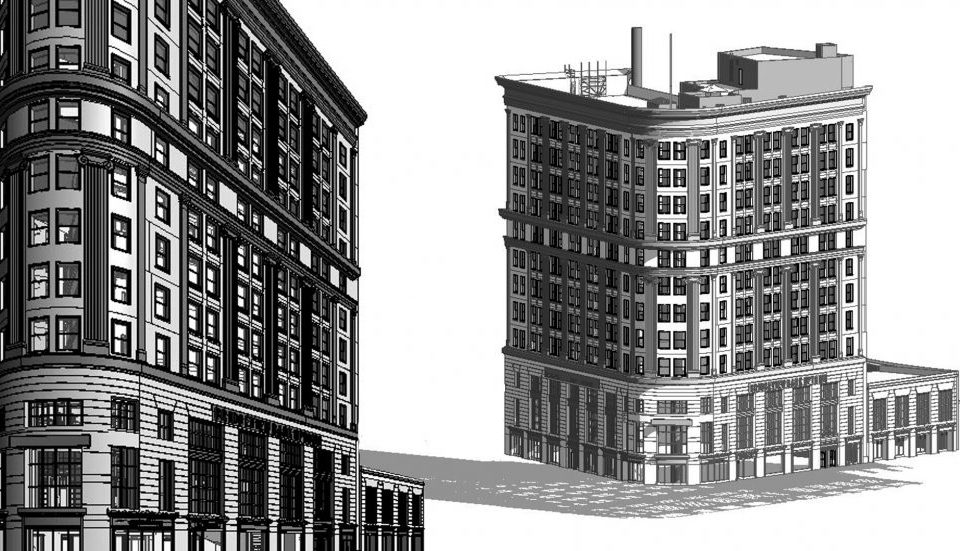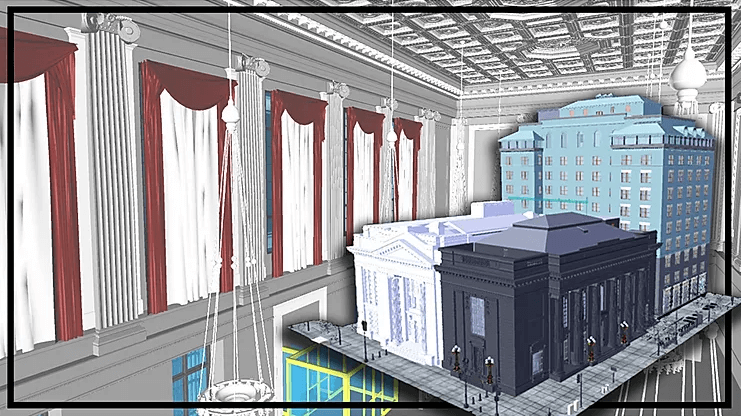Ensuring Preservation: The Importance of Historic Site Scanning
3D Laser Scanning for Historic Sites offers a revolutionary approach to preserving and documenting architectural heritage. By utilizing advanced scanning technology, intricate details and measurements of historic structures can be captured and transformed into accurate 3D digital models.
This non-invasive technique allows for precise documentation, restoration, and analysis of historic sites, ensuring their preservation for future generations. Utilizing 3D Laser Scanning, these structures can be safeguarded and celebrated while enabling research, conservation, and immersive virtual experiences.

SQFT Scanned
Projects Completed
Experience
Satisfied Customers
Our process adds efficiency and accuracy to Historic Site Scanning projects
Choosing PMC as your Autodesk reseller is a decision driven by depth and breadth of experience. Our 20+ years of simulation modeling and reality capture experience allows us to provide a comprehensive support system tailored to each client’s specific needs.
Our expertise, and dedication to your satisfaction make PMC the trusted partner you can rely on to enhance your productivity and achieve your goals with Autodesk technology.
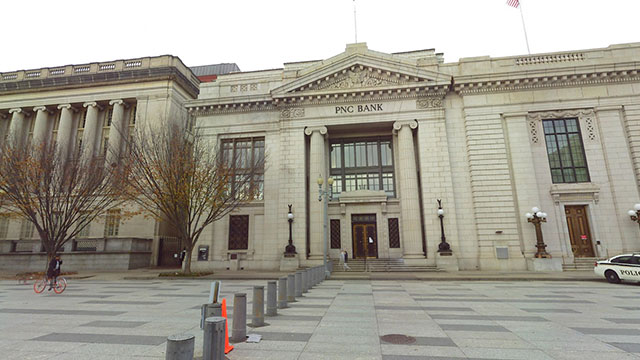
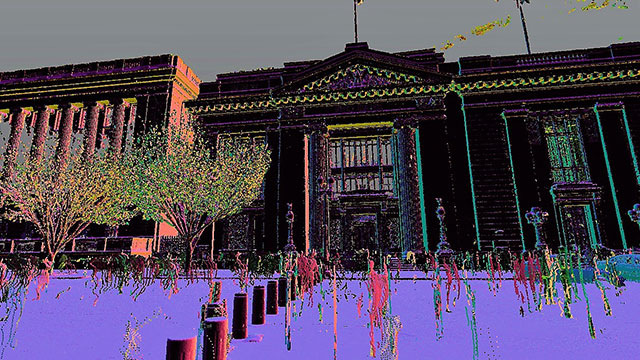
Related Service: Building 3D Scanning
Using laser scanning, drones, and photogrammetry, PMC creates precise digital models for architecture, renovation, management, and preservation. Our methodologies integrate multi-mode scan data into a single point cloud, enabling precise as-built conditions and virtual job sites.
Get a competitive laser scanning quote today!
Historic Site Scan Applications
Facility Management
Create detailed digital models of the site, allowing facility managers to capture the as-built conditions, access hard-to-reach areas safely, track changes over time, and plan maintenance and renovation activities with precision.
Urban Planning
Enable urban planners to capture detailed 3D models of buildings and landscapes, providing valuable information for preservation, restoration, and redevelopment projects. Ensure the harmonious integration of historic sites into modern urban environments.
Infrastructure Development
Allow engineers to create digital representations of existing structures and landscapes, facilitating the design and planning of infrastructure projects while preserving the historical integrity of the site.
Architecture
Capture intricate details and architectural features of historic buildings, enabling precise documentation, restoration, and preservation efforts. Enhance the design process, promote historical accuracy, and enable the creation of immersive experiences for visitors.
Engineering
Allow engineers to assess structural integrity, identify potential risks, and develop effective repair and renovation plans. Combine historic preservation with modern engineering practices, ensuring longevity and safety.
Construction
Capture precise measurements and detailed data of existing structures, facilitating the planning and design process. Execute construction projects with greater accuracy, efficiency, and adherence to historical preservation guidelines.
Why Choose PMC
PMC's expert team specializes in the design and management of 3D Laser Scanning for historic sites, enabling cost savings, efficient processes, and seamless data integration in projects. Trust our team to provide the expertise and support you need for successful projects.

Historic Site Laser Scanning Projects
- Date
- March 17, 2022
Relocation of Historic Log Barn with Laser Scanning and 3D Revit Annotation Modeling by Carrie Van Loon PMC provided scanning and modeling services for a Dallas […]- Date
- October 4, 2021
Detroit’s Historical landmark Fisher Building is one of the most recognizable buildings in the city. PMC’s team captured high detail information on the building façade. History of Fisher […]- Date
- September 9, 2021
PMC develops a Revit model of Second Church of Christ, Scientist. History of Second Church of Christ, Scientist Chicago, IL 60614 Built in 1901, the historic Second […]- Date
- March 3, 2021
PMC develops a Historic Revit Model of the Clarendon Park Community Center and Field House. History of The Clarendon Park Community Center and Fieldhouse Originally called […]- Date
- August 3, 2020
Every year PMC completes many historical Revit models and one of this years highlights is the Bridgeview Bank Building in Chicago. The City of Chicago granted the structure Chicago […]- Date
- March 18, 2020
PMC’s customer needed to capture a high level of detail laser scanning in order to document existing historical elements. The scan data was used to record the features […]
Frequently Asked Questions
Let our experts show you how 3D Laser Scanning for Historic Sites can benefit your organization or community
Send a message to our team by filling out the form below. Describe your project, ask questions, or even request a bid.
An expert from our team will be in touch with you within one business day!

